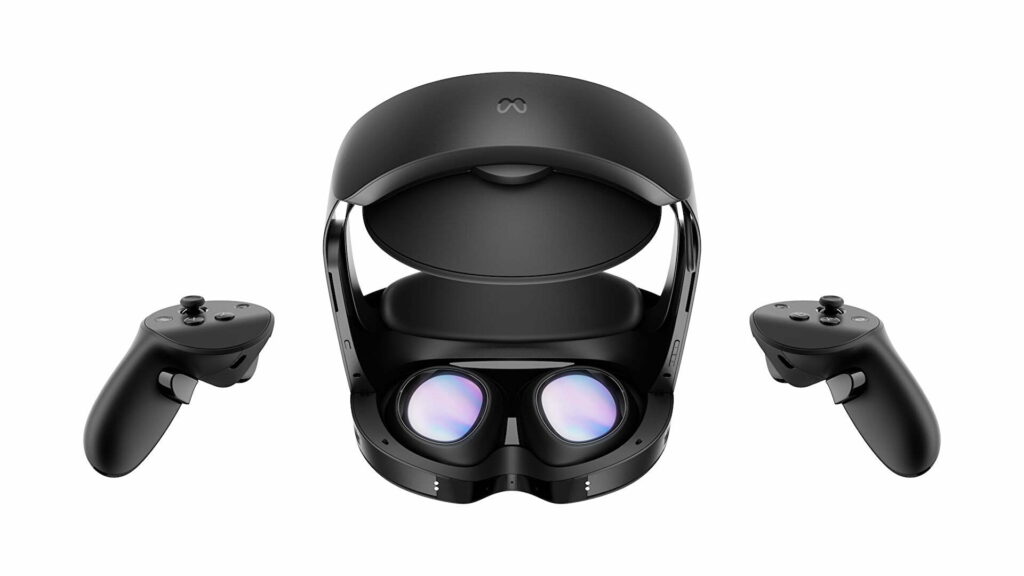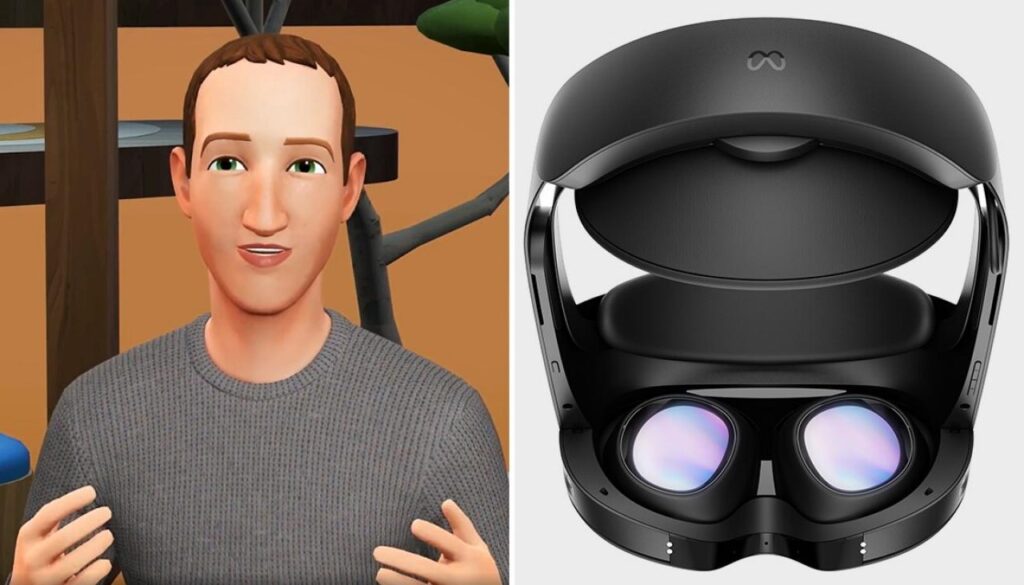Meta has officially unveiled the highly anticipated Meta Quest Pro, promising to be your gateway to the Metaverse. During Meta Connect 2022, Mark Zuckerberg’s team presented the innovative device, which has been designed based on their years of experience and expertise in augmented reality (AR) and virtual reality (VR). The Meta Quest Pro is poised to become the most advanced mixed reality headset on the market, outpacing its predecessors and competitors alike.
Building on the Success of Meta Quest 2
The Meta Quest Pro boasts upgraded hardware, taking the already successful Meta Quest 2 to new heights. It delivers both VR and AR experiences, making its technology comparable to that of Microsoft HoloLens. However, this leap in technology comes with a significant increase in price, as we will discuss later.
Design and Ergonomics
In terms of design, the Meta Quest Pro takes inspiration from the Meta Quest 2, featuring a similar yet more sophisticated, modern, and premium look. Meta claims that the lens housing is 40% thinner than that of the lower-tier device, enhancing ergonomics and peripheral vision. While the Meta Quest Pro weighs 772 grams, which is a considerable increase from the Quest 2’s 503 grams, Zuckerberg insists that the new headset remains extremely comfortable, thanks to the use of cushioned materials on the inside.
Eye-Tracking Innovations
One of the standout features of the Meta Quest Pro is the integration of sensors that can track the movements of your eyes and head. This opens up a wide range of applications for developers to take advantage of. In gaming, eye-tracking is crucial for Foveated Rendering, which allows for higher-detail rendering in areas where our eyes are focused. This technology will also likely be employed in the Metaverse, enabling the replication of our eye and head movements in an avatar.
Augmented Reality Capabilities
To fulfill its AR capabilities, the Meta Quest Pro is equipped with exterior cameras that capture the outside world and display it on the device’s screen. Then, through a software process, virtual layers are added to the real world. During the presentation, Meta demonstrated how a user could create a workspace with virtual floating screens above a real desk. The possibilities for AR experiences with the Meta Quest Pro are virtually limitless, but the actual use cases will depend on developers’ creativity.
High-End Components Supporting Mixed Reality
The Meta Quest Pro is powered by high-end components, including two internal panels capable of displaying a resolution of 1800 x 1920 pixels for each eye. Meta claims that the new display technology offers a 75% improved contrast compared to the Quest 2. Moreover, the reduced size of the front portion of the device increases the field of view by 10%.
The headset is powered by a Qualcomm Snapdragon XR2 Plus chip, specifically designed for mixed reality devices and AI applications. Compared to the Quest 2’s processor, it delivers a 50% higher performance. The Meta Quest Pro features 12 GB of RAM and 256 GB of internal storage.
Availability and Pricing
The Meta Quest Pro is now available for pre-order in 22 countries, with shipments starting on October 25th. The device is priced at €1,799 in Spain and $1,499 in the Americas.
With the Meta Quest Pro, Meta is demonstrating its unwavering commitment to VR and AR technology. However, the high price tag may be a limiting factor in terms of market demand for top-tier devices in this space. Nonetheless, the Meta Quest Pro represents a significant step forward in mixed reality technology and has the potential to shape the future of the Metaverse.



